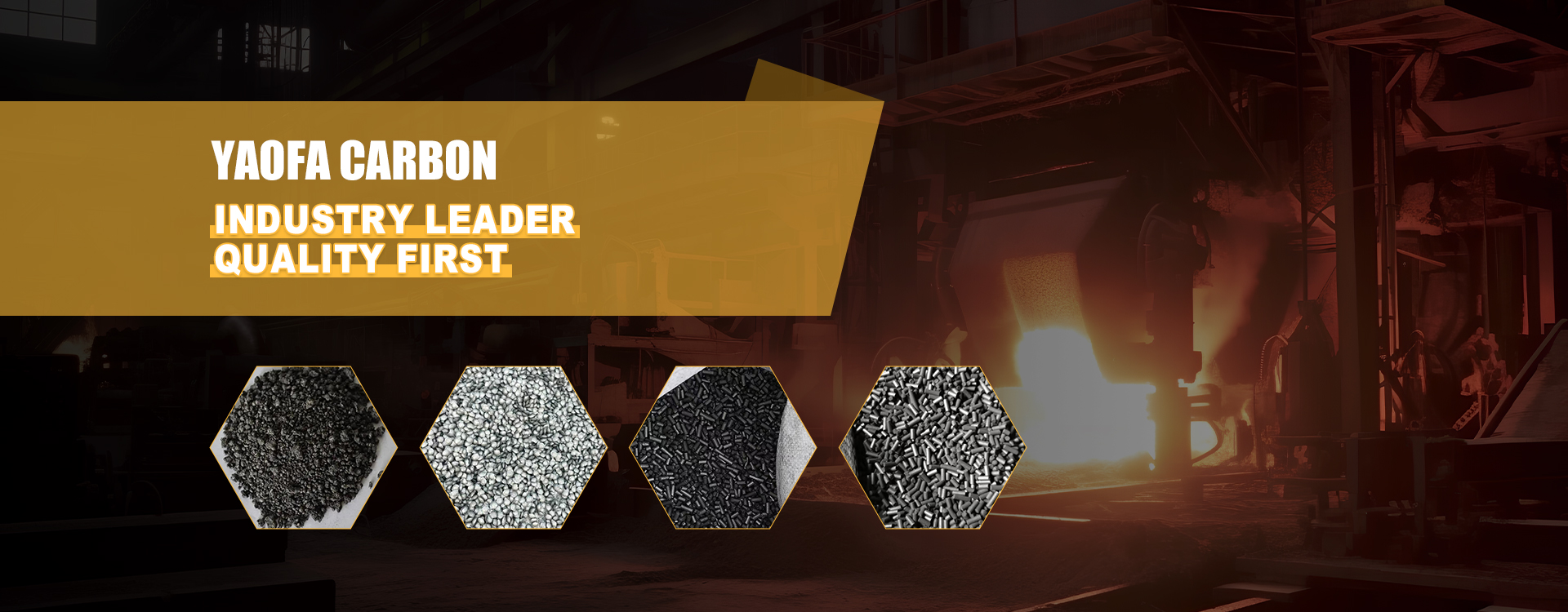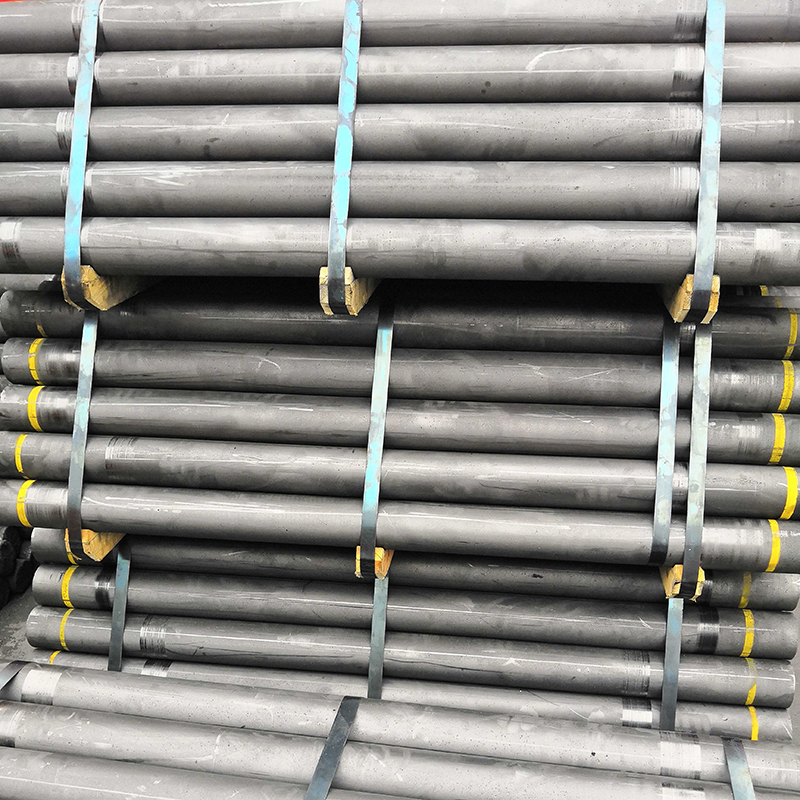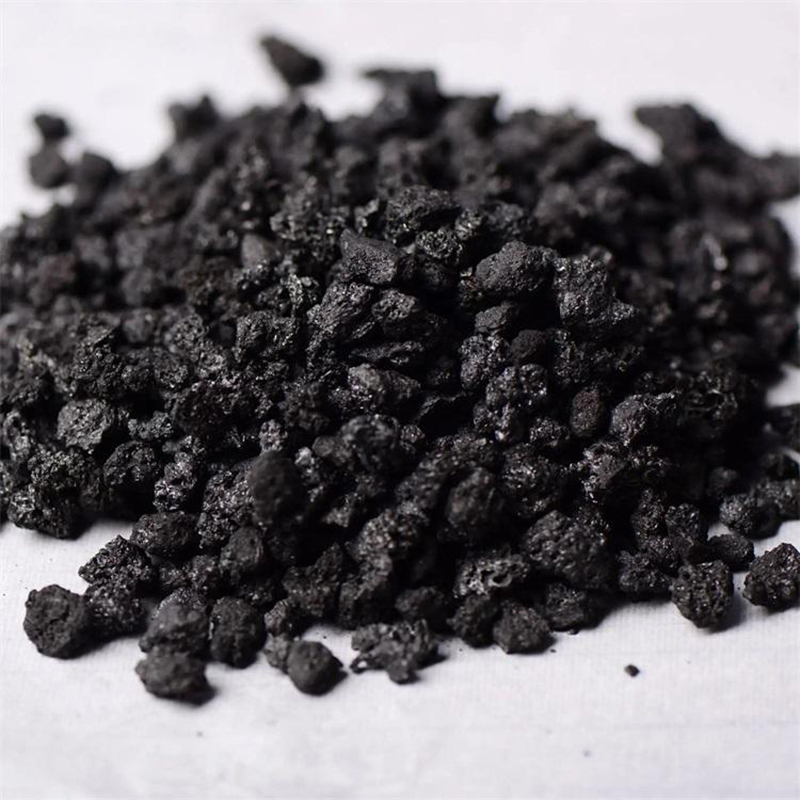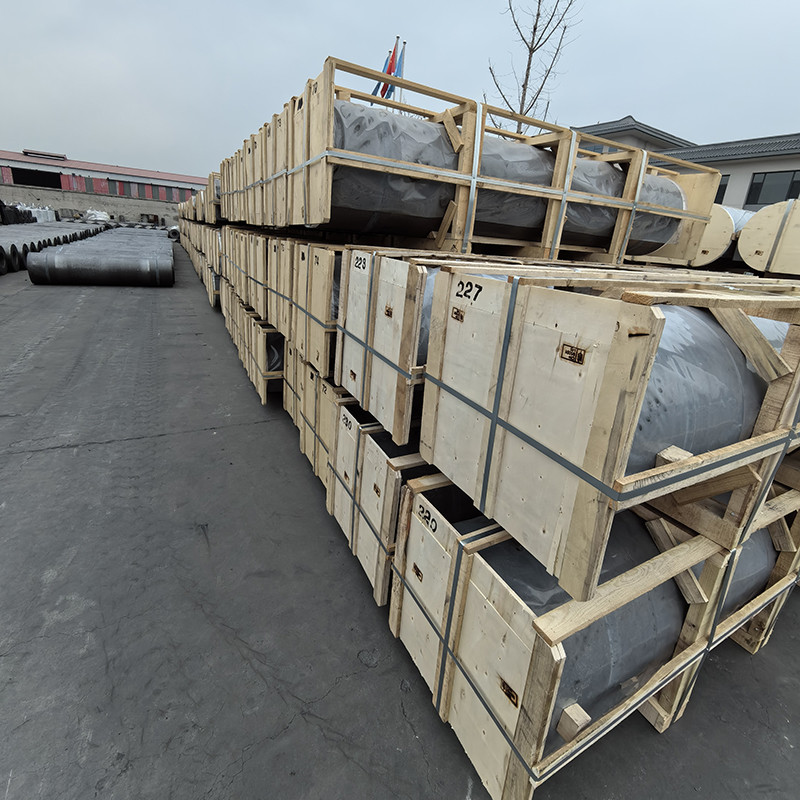- English
- Chinese
- French
- German
- Portuguese
- Spanish
- Russian
- Japanese
- Korean
- Arabic
- Irish
- Greek
- Turkish
- Italian
- Danish
- Romanian
- Indonesian
- Czech
- Afrikaans
- Swedish
- Polish
- Basque
- Catalan
- Esperanto
- Hindi
- Lao
- Albanian
- Amharic
- Armenian
- Azerbaijani
- Belarusian
- Bengali
- Bosnian
- Bulgarian
- Cebuano
- Corsican
- Croatian
- Dutch
- Estonian
- Filipino
- Finnish
- Frisian
- Galician
- Georgian
- Gujarati
- Haitian
- Hausa
- Hawaiian
- Hebrew
- Hmong
- Hungarian
- Icelandic
- Igbo
- Javanese
- Kannada
- Kazakh
- Khmer
- Kurdish
- Kyrgyz
- Latin
- Latvian
- Lithuanian
- Luxembou..
- Macedonian
- Malagasy
- Malay
- Malayalam
- Maltese
- Maori
- Marathi
- Mongolian
- Burmese
- Nepali
- Norwegian
- Pashto
- Persian
- Punjabi
- Serbian
- Sesotho
- Sinhala
- Slovak
- Slovenian
- Somali
- Samoan
- Scots Gaelic
- Shona
- Sindhi
- Sundanese
- Swahili
- Tajik
- Tamil
- Telugu
- Thai
- Ukrainian
- Urdu
- Uzbek
- Vietnamese
- Welsh
- Xhosa
- Yiddish
- Yoruba
- Zulu
- Kinyarwanda
- Tatar
- Oriya
- Turkmen
- Uyghur

graphite carbon felt
Understanding Graphite Carbon Felt: Insights and Practical Experiences
Graphite carbon felt—it’s a material I’ve worked with extensively, yet, even seasoned professionals occasionally misinterpret its unique properties. In my early projects, the difference between standard carbon felt and graphite carbon felt wasn't immediately obvious, leading to some initial challenges. Let's unravel this material's quirks with some hands-on insights.
What Is Graphite Carbon Felt?
Graphite carbon felt is not your average industrial material. It’s mainly used for its insulating properties in high-temperature environments. When I first handled it, I noticed its lightweight nature, quite deceiving given its resilience to heat. The primary application includes use as an electrode in various energy storage devices, such as batteries and fuel cells. These are scenarios where its chemical inertness shines through.
One of the most intriguing aspects of graphite carbon felt is its flexibility. I recall a project where we needed to mold it into a complex shape without compromising its thermal properties. This adaptability makes graphite carbon felt indispensable in custom thermal management solutions. It’s this balance of form and function that caught my attention over the years.
However, it's crucial to ensure the source's quality. Companies like Hebei Yaofa Carbon Co., Ltd., with over two decades of experience, have refined the production to meet stringent quality demands. Their expertise in carbon materials ensures product consistency, which is vital because inconsistencies can lead to failures in high-stakes applications.
Handling and Safety Precautions
Graphite carbon felt requires careful handling. During one installation, our team underestimated the dust generated from cutting, resulting in some respiratory irritation. It’s easy to overlook this aspect if you’re accustomed to handling more robust materials. Always use safety gear—masks and gloves—when working with or cutting the felt. It’s a reminder that even benign-seeming materials demand respect.
Interestingly, its high-temperature resistance means it’s not prone to burning, a point often overstated by suppliers. The surprise comes when you expose it to oxidizing conditions, where it can degrade. That’s something we learned the hard way during a high-oxygen test setup. Be mindful of this if you’re considering it for open-air or reactive environments.
For those venturing into more intricate applications, surface treatment is sometimes necessary. You might, as I did, experiment with coatings to enhance specific properties without losing that critical stability. Each adjustment can bring about new challenges, unraveling endless possibilities but also requiring thorough validation.
Common Misunderstandings
Many within the industry, including myself at times, have conflated the terms 'carbon felt' and 'graphite carbon felt.' While they share some similarities, the conversion process—where carbon felt is treated at temperatures exceeding 2,000°C—creates a product with distinct characteristics. It’s a lesson learned from past procurement missteps that I now watch for vigilantly.
There’s also the misconception about its electrical conductivity. High conductivity can be an advantage, but only if it aligns with your project needs. I remember a colleague, new to battery design, misjudged the compatibility of this material, leading to suboptimal performance. Rigorous testing and a firm understanding of project specifications are invaluable here.
Also, despite its versatility, there are limits. One application attempted to use it as a structural material—an oversight, as it lacks the required mechanical strength. This taught me to respect the boundaries of its use. It’s efficient for thermal applications, but pushing it too far can lead to failure.
Interfacing with Current Technology
It's fascinating to see how graphite carbon felt integrates with advancing technologies. In my experience with energy solutions, the evolution of fuel cell technology has significantly utilized this material. The way it supports ion exchange while withstanding harsh conditions is a testament to its engineered resilience.
Partners such as Hebei Yaofa Carbon Co., Ltd., with their commitment to innovation, continue to push these boundaries. Their work in advancing carbon products, especially in the context of newer energy technologies, reflects a keen understanding of the market’s needs. Keep an eye on how industry trends could open new avenues for this material.
Looking forward, it’s evident that as energy storage solutions evolve, graphite carbon felt will play a critical role. Its attributes are perfectly suited to the needs of sustainable, high-efficiency storage. What's vital is not only understanding its current applications but anticipating future demands to exploit its full potential.
Final Thoughts on Practical Usage
In my years working with graphite carbon felt, the lessons learned balance between material properties and application context. It’s a journey of discovery—applying past hiccups to streamline current endeavours. Embrace the nuances; what it offers in specialist fields like thermal protection and conductivity makes it worth the effort.
For suppliers like Hebei Yaofa Carbon Co., Ltd., keeping pace with material advancements while adhering to high-quality standards sets them apart. Understanding what each variation of carbon felt offers could be your competitive edge if you’re designing next-gen solutions.
Ultimately, a deep dive beyond surface-level characteristics reveals the potential graphite carbon felt holds. The real-world experiences validate that no amount of theoretical understanding can substitute for practical insights gained over time. It’s these insights that can navigate you through the challenges and empower effective decision-making in ever-evolving technical landscapes.
Related products
Related products
Best selling products
Best selling productsRelated search
Related search- 2 kg graphite crucible
- China graphite electrodes electric arc furnace
- wholesale creditable rp graphite electrode
- graphite heat transfer plates
- hp graphite supplier
- graphite as electrode Manufacturer
- graphite felt electrode Manufacturer
- innovative bus stop design
- China rayon graphite felt
- electric arc furnace graphite electrodes













